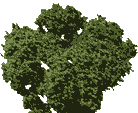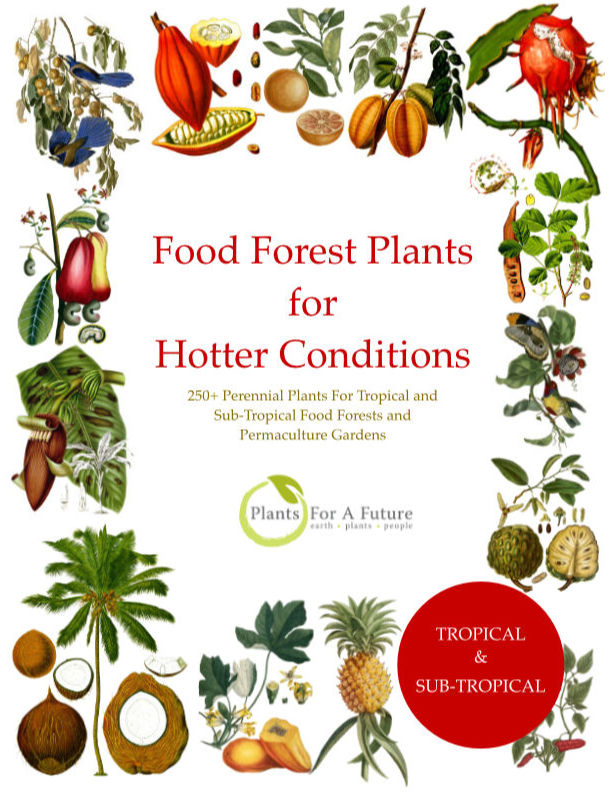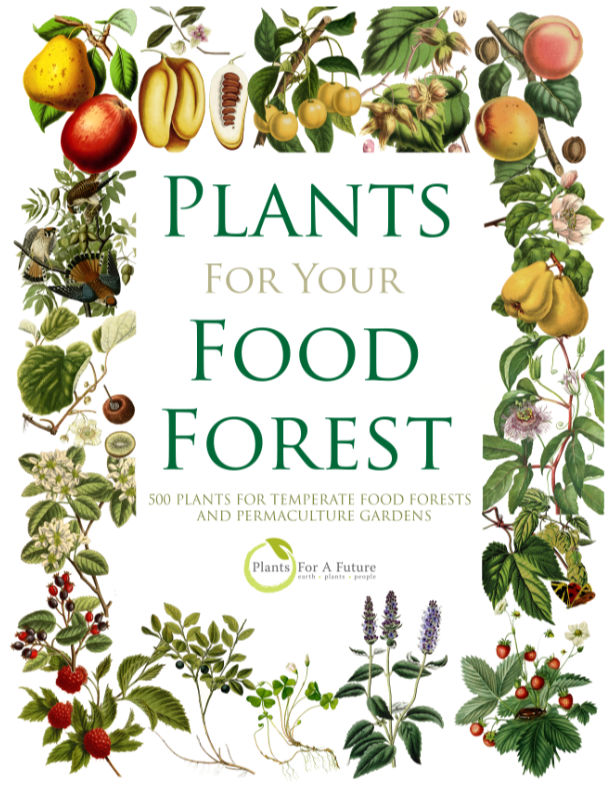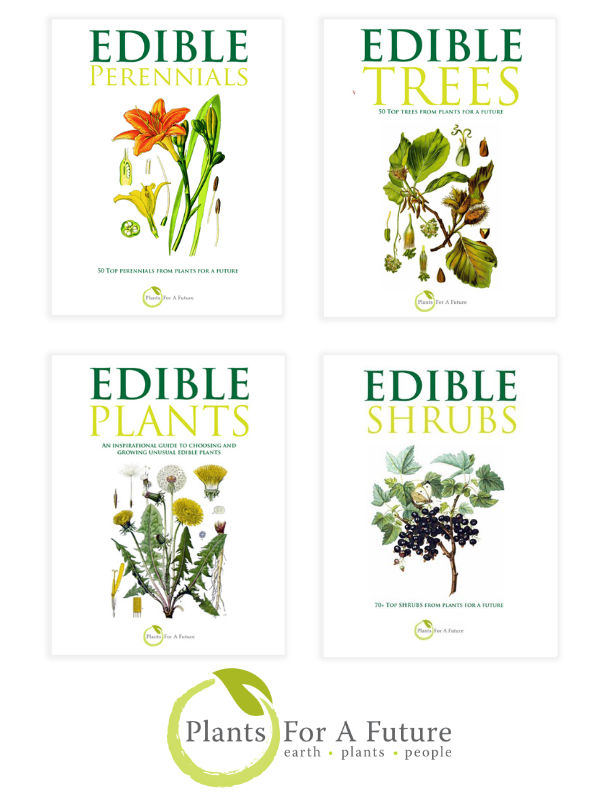Translate this page:
Summary
Thymus x citriodorus is a fragrant herb with edible leaves that have a distinct lemon flavor, commonly used raw in salads, as a seasoning in cooked dishes, and to make a refreshing herbal tea. The leaves, particularly when harvested just before flowering in early and late summer, contain essential oils with antiseptic, deodorant, and disinfectant properties. The essential oil is considered gentler than other thyme oils and is used in aromatherapy for respiratory issues, especially in children. Rich in antioxidants, regular consumption of the raw leaves has been linked to increased life expectancy.
This thyme thrives in well-drained, preferably calcareous soil in full sun, tolerating dry conditions but struggling with excessive moisture, particularly in winter. Hardy to around -15°C, it is a slow to moderate grower, maturing in 1-2 years. Often cultivated in herb gardens, there are several named varieties. The flowers, blooming from June to August, are rich in nectar and highly attractive to pollinators like bees and butterflies. Its aromatic foliage can repel pests, making it a valuable companion plant.
In agroforestry and landscaping, lemon thyme serves as an effective ground cover and is well-suited for borders, containers, rock gardens, and as a pest deterrent. It also provides shelter for beneficial insects and small wildlife. The plant’s essential oil is used in perfumery, mouthwashes, and medicinal applications, while dried leaves are used in potpourri and herbal pillows. Best spaced about 30 cm apart, it offers both culinary and ecological benefits. Bloom Color: Lavender. Main Bloom Time: Mid summer. Form: Spreading or horizontal.
Physical Characteristics

 Thymus x citriodorus is an evergreen Shrub growing to 0.1 m (0ft 4in) by 0.3 m (1ft) at a medium rate.
Thymus x citriodorus is an evergreen Shrub growing to 0.1 m (0ft 4in) by 0.3 m (1ft) at a medium rate.
See above for USDA hardiness. It is hardy to UK zone 7 and is not frost tender. It is in leaf all year, in flower from July to August. The species is hermaphrodite (has both male and female organs) and is pollinated by Bees, flies, Lepidoptera (Moths & Butterflies). The plant is self-fertile.
It is noted for attracting wildlife.
Suitable for: light (sandy) and medium (loamy) soils and prefers well-drained soil. Suitable pH: neutral and basic (mildly alkaline) soils. It cannot grow in the shade. It prefers dry or moist soil. The plant can tolerates strong winds but not maritime exposure.
UK Hardiness Map
US Hardiness Map
Synonyms
T. serpyllum citratus. T. serpyllum citriodora.
Plant Habitats
Ground Cover; Cultivated Beds; East Wall. In. South Wall. In. West Wall. In.
Edible Uses
Edible Parts: Leaves
Edible Uses: Tea
Leaves - raw in salads or added as a flavouring to cooked foods[105, 183]. A delicious lemon flavour[K]. If the leaves are to be dried, the plants should be harvested in early and late summer just before the flowers open and the leaves should be dried quickly[200]. An aromatic tea is made from the leaves[21]. It has a pleasant lemon-like flavour and is very refreshing[183, 238].
References More on Edible Uses
Medicinal Uses
Plants For A Future can not take any responsibility for any adverse effects from the use of plants. Always seek advice from a professional before using a plant medicinally.
Antiseptic Aromatherapy Deodorant Disinfectant
The leaves, and especially the essential oil contained in them, are strongly antiseptic, deodorant and disinfectant[200, 238]. The plant can be used fresh at any time of the year, or it can be harvested as it comes into flower and either be distilled for the oil or dried for later use[238]. The leaves contain an antioxidant and regular use of the raw leaves has been shown to increase average life expectancy by about 10%. The essential oil obtained from this plant is thought to be less irritant than other thyme oils and so it is used in aromatherapy to treat asthma and other respiratory complaints, especially in children[238].
References More on Medicinal Uses
The Bookshop: Edible Plant Books
Our Latest books on Perennial Plants For Food Forests and Permaculture Gardens in paperback or digital formats.

Edible Tropical Plants
Food Forest Plants for Hotter Conditions: 250+ Plants For Tropical Food Forests & Permaculture Gardens.
More

Edible Temperate Plants
Plants for Your Food Forest: 500 Plants for Temperate Food Forests & Permaculture Gardens.
More

More Books
PFAF have eight books available in paperback and digital formats. Browse the shop for more information.
Shop Now
Other Uses
Deodorant Disinfectant Essential Pot-pourri
Agroforestry uses:
Thyme can be used as a ground cover and is beneficial for attracting pollinators. Its aromatic properties may also repel certain pests, making it a useful companion plant in gardens. Landscape Uses:Border, Container, Ground cover, Rock garden.
The essential oil obtained from the leaves and flowering stems is used in perfumery, as a mouth wash, medicinally etc[200]. The aromatic leaves are dried and used in pot-pourri and herbal pillows[238]. The plant makes an attractive ground cover for a sunny position[201]. They are best spaced about 30cm apart each way[208]. 1. Nectary - Flowers rich in nectar and pollen:
Yes – Thyme flowers are rich in nectar and pollen, making them attractive to pollinators like bees and butterflies.
2. Wildlife - Food (Fruit, Seeds, Leaf litter, Shelter, Nesting, Roosting):
Yes – While thyme does not produce significant fruit, its leaves are edible for many herbivores and insects. The dense foliage can also provide shelter for small wildlife.
3. Invertebrate Shelter (Overwintering sites, Leaf litter, Groundcover):
Yes – Thyme can offer shelter for beneficial insects, and its groundcover can protect invertebrates during the winter months.
4. Pest Confuser (Smell):
Yes – The strong aroma of thyme can confuse or repel pests, making it a beneficial companion plant in gardens.
Special Uses
Attracts Wildlife Ground cover Scented Plants
References More on Other Uses
Cultivation details
Requires a light well-drained preferably calcareous soil in a sunny position[1, 200]. Succeeds in dry soils. Thymes dislike wet conditions, especially in the winter. A layer of gravel on the soil around them will help protect the foliage from wet soils[238]. Plants are hardy to about -15°c[200]. This is a very difficult genus taxonomically, the species hybridize freely with each other and often intergrade into each other[200]. Often cultivated in the herb garden for its leaves, there are some named varieties. The flowers are rich in nectar and are very attractive to honey bees[200]. A good companion for most plants[54]. Special Features: Edible, Fragrant foliage, Not North American native, Suitable for dried flowers. Thyme is typically harvested in late spring to early summer, just before the plant flowers for the best flavor.
Thyme usually flowers in late spring to early summer, generally from June to August (Northern Hemisphere). Thyme is considered a slow to moderate grower, reaching maturity in about 1 to 2 years under optimal conditions.
References Carbon Farming Information and Carbon Sequestration Information
Temperature Converter
Type a value in the Celsius field to convert the value to Fahrenheit:
Fahrenheit:
The PFAF Bookshop
Plants For A Future have a number of books available in paperback and digital form. Book titles include Edible Plants, Edible Perennials, Edible Trees,Edible Shrubs, Woodland Gardening, and Temperate Food Forest Plants. Our new book is Food Forest Plants For Hotter Conditions (Tropical and Sub-Tropical).
Shop Now
Plant Propagation
Seed - sow spring in a cold frame. Seed can also be sown in autumn in a greenhouse. Surface sow or barely cover the seed. Germination can be erratic. When they are large enough to handle, prick the seedlings out into individual pots and grow them on in the greenhouse for at least their first winter. Plant them out into their permanent positions in late spring or early summer, after the last expected frosts. This species is a hybrid and will not breed true from seed. Division in spring or autumn[200]. Larger divisions can be planted out direct into their permanent positions. We have found that it is best to pot up smaller divisions and grow them on in light shade in a greenhouse or cold frame until they are growing away well. Plant them out in the summer or the following spring. Cuttings of young shoots, 5 - 8cm with a heel, May/June in a frame[200]. Cuttings of half-ripe wood, 5 - 8cm with a heel, July/August in a frame[200]. Layering.
Other Names
If available other names are mentioned here
Tomillo,
Native Range
France, Spain
Weed Potential
Right plant wrong place. We are currently updating this section.
Please note that a plant may be invasive in one area but may not in your area so it’s worth checking.
Conservation Status
IUCN Red List of Threatened Plants Status :

Growth: S = slow M = medium F = fast. Soil: L = light (sandy) M = medium H = heavy (clay). pH: A = acid N = neutral B = basic (alkaline). Shade: F = full shade S = semi-shade N = no shade. Moisture: D = dry M = Moist We = wet Wa = water.
Expert comment
Author
(Pers.)Schreb.
Botanical References
11200
Links / References
For a list of references used on this page please go here
Readers comment
| Add a comment |
|
If you have important information about this plant that may help other users please add a comment or link below. Only comments or links that are felt to be directly relevant to a plant will be included. If you think a comment/link or information contained on this page is inaccurate or misleading we would welcome your feedback at admin@pfaf.org. If you have questions about a plant please use the Forum on this website as we do not have the resources to answer questions ourselves.
* Please note: the comments by website users are not necessarily those held by PFAF and may give misleading or inaccurate information.
To leave a comment please Register or login here All comments need to be approved so will not appear immediately.
|
Subject : Thymus x citriodorus
|
|
|